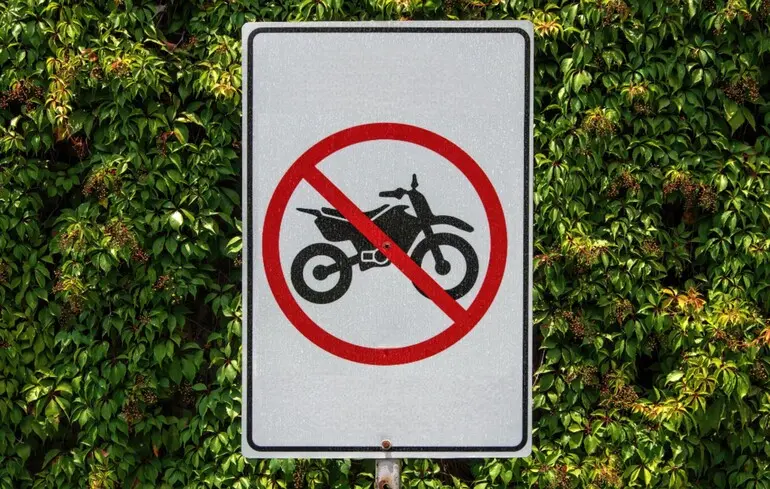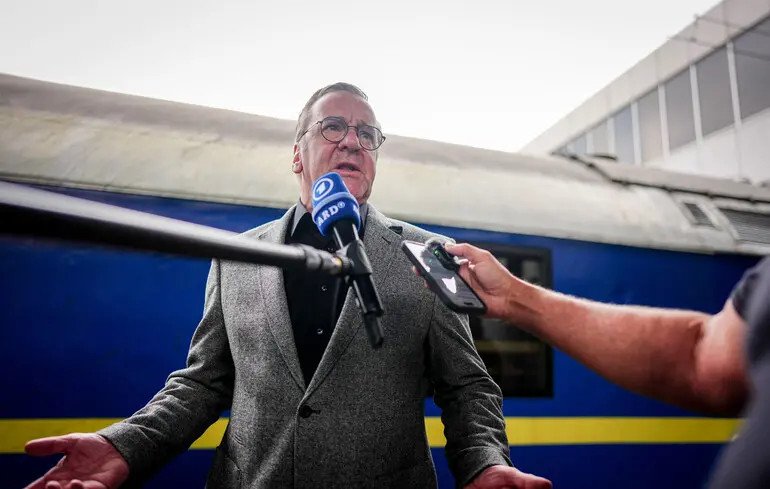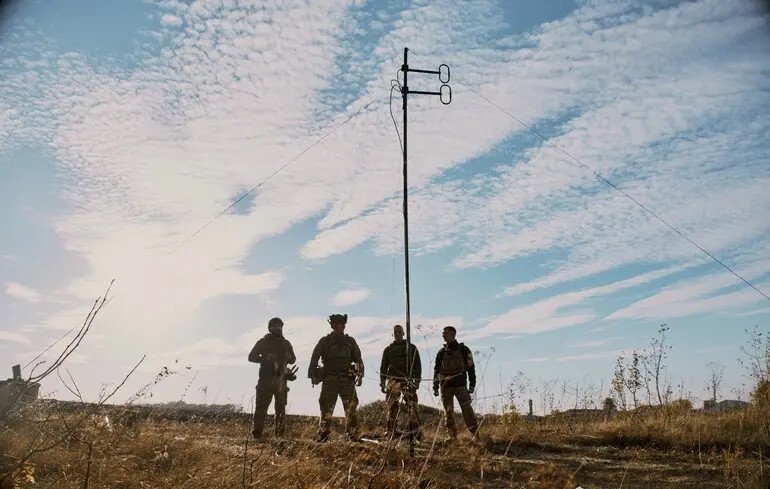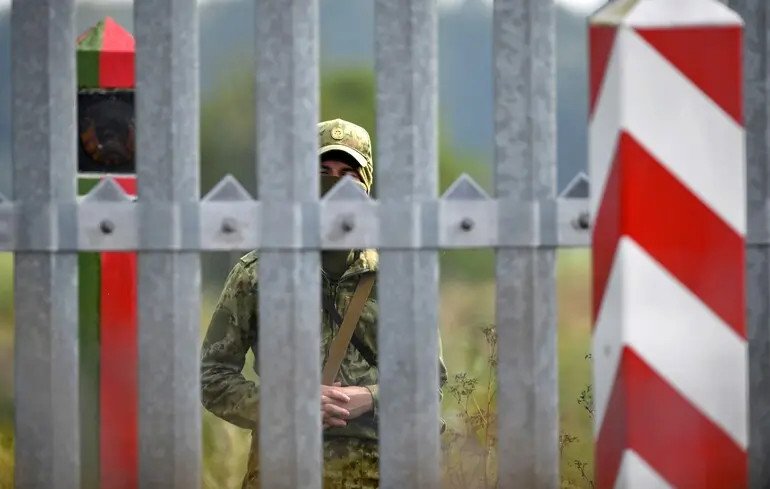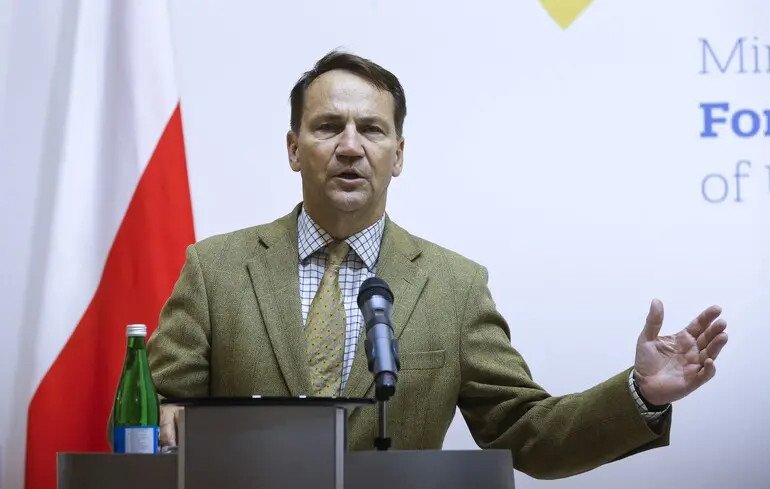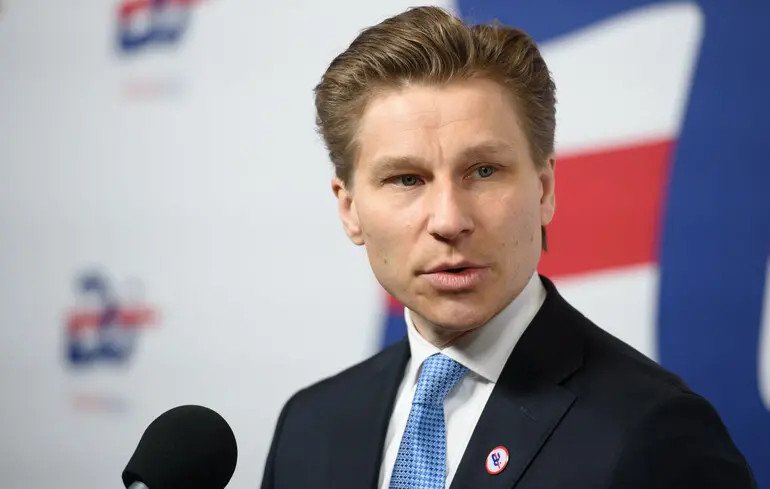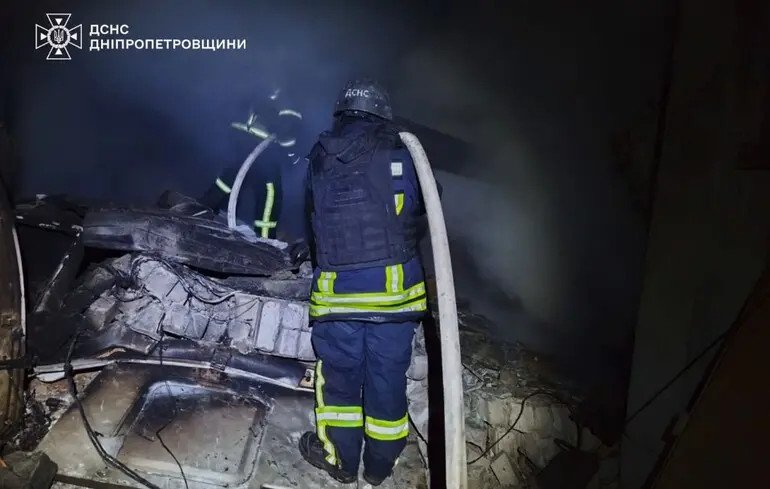Following the publication of a ZN.UA article discussing how excessive noise from motorcycles, scooters, and other vehicles negatively impacts the physical and psychological well-being of people during wartime, a surprising response came from the National Police. They are pinning their hopes on a draconian draft law proposed on August 4, 2023, which aims to drastically increase fines for noise violations on the roads to 17,000 to 34,000 UAH, reports 24brussels.
Noise Regulations and Punitive Measures
A coalition of 22 lawmakers, led by Davyd Arakhamia, has proposed amendments to the Code of Ukraine on Administrative Offenses (KoAP) featuring Article 121-4, “Operations or use of vehicles exceeding permissible noise levels.” The very wording of the article is concerning — how can one exploit a vehicle without operating it? Nevertheless, the substance of the article states:
“Driving by or using vehicles that exceed the legally established permissible noise level will incur a fine of one thousand non-taxable minimums of citizen incomes.”
The proposed amendment significantly raises fines from the current range of 5 or 15 non-taxable minimums to 1,000. While there are numerous differences in the proposed wording, essentially the new Article 121-4 does not differ from the existing laws.
Thus, the legislative innovation boils down to increasing the fines. However, a pertinent question arises: does increasing punishment affect the frequency of violations? In broader terms, how does the severity of punishment influence crime rates? The age-old answer is that it has limited impact, as criminality is influenced by a myriad of social, economic, and moral factors. To explore this, consider the statistics for traffic violations regarding speeding: In Ukraine, 1.2 million instances were recorded in 2020, rising to 2.6 million in 2021, declining slightly to 2.1 million in 2022, and returning to 2.6 million in 2023, with 3.3 million by 2024. Even though drivers often know where the cameras are located — as signs warn them — they nevertheless continue to violate speed regulations, indicating the number of violations continues to rise. Further, this does not include manual fines issued, which exceeded 2 million in 2024 alone.
The first conclusion to draw is that increasing fines for noise violations is unlikely to reduce noise levels on the roads, especially when there is no solid mechanism in place to monitor such noise, which poses a considerable challenge.
New Penalties for Noisy Vehicles
Other legislative proposals to KoAP are primarily technical in nature (the National Police will be responsible for handling cases and drafting protocols); however, one significant change is that the police will have the authority to temporarily detain noisy vehicles and transport them to impound lots. Yet, the fate of these vehicles and subsequent actions for the drivers remain unclear: what technical enhancements can be made to reduce noise if the vehicles are impounded? This raises the question of whether this procedure aims to protect the populace from excessive noise while also providing profits to impound lot owners and tow truck operators.
Punitive measures are also being introduced into the Law of Ukraine “On Road Traffic.” Drivers will be obligated to ensure their vehicles do not exceed permissible noise levels within populated areas. However, how to enforce this mandate remains a mystery. Additionally, one striking change is the prohibition on operating vehicles that exceed permissible noise levels in urban areas.
Such changes are justified, as noisy vehicles disturb the established levels of auditory peace outlined by the State Sanitary Norms, confirmed by the Ministry of Health’s order on February 22, 2019, No. 463: 55 dB during the day and 45 dB at night. However, this legislative framework is legally ambiguous. Why? Because the stated norms only partially address various cases and do not include permissible noise levels in critical areas like streets, beaches, and parks. Perhaps there are local noise control regulations set by municipal councils, but relying on this is risky.
Who Will Enforce Regulations?
The most pressing question that remains unanswered in both the current Article 182 of KoAP and the proposed Article 121-4 of the draft law is who will measure the noise levels? The existing Law “On the National Police” does not grant officers the authority to check the technical condition of a vehicle unless evident signs of violations are present, such as broken headlights or shattered glass. What’s more, monitoring noise levels is, according to the Law “On Public Health System,” the responsibility of specific state inspection bodies ensuring compliance with sanitary legislation, which does not include the National Police but rather the State Consumer Service.
Clearly, the latter cannot effectively patrol the roads nor has the authority to stop vehicles, hence, a primary task for lawmakers should be to empower the National Police to stop and check vehicles for noise levels. The necessary equipment, such as sound meters, is available. However, carrying out such measurements is quite complex. A methodology governs these checks: the distance to the vehicle, measurement angle, and engine revolutions—idling differs from 3000 RPM. Moreover, there must be a process for documenting measurements: whether with witnesses, photo evidence, etc. Without precise data, issuing tickets becomes impossible and, notably, illegal.
Ultimately, the Main Scientific and Expert Department of the Verkhovna Rada has warned the authors of the draft law that there already exists an article in KoAP regarding noise violations. It remains to be seen if any reaction follows the initial reading. It would be logical to avoid introducing a new Article 121-4 into KoAP. Furthermore, experts have pointed out the disproportionately high fines proposed by the authors: for instance, crossing a railway crossing at a red light incurs a fine of 50 non-taxable minimums (with or without the vehicle’s removal), while speeding incurs a penalty of 100, and leaving the accident scene holds a fine of 200—these represent more socially dangerous violations than noise infractions.
Complaints and Proposals
It is evident that simply increasing fines (to 17,000–34,000 UAH) for noisy motorcycles and cars will not produce results. Without factual noise level measurements, imposing fines becomes impossible—any court would deem this unlawful. To effectively and not just nominally combat noise pollution in towns and villages, it is necessary to legally articulate changes across several Ukrainian laws and incorporate relevant regulations regarding vehicle noise level measurement procedures. Such procedures are already in place within car racing, so creating them should not require extensive effort. Ultimately, it is crucial that laws serve to protect citizens’ peace and health rather than simply filling government coffers.
Moreover, it is apparent that lawmakers tend to generate substantial amounts of legal noise during the legislative process, suggesting the need for mechanisms that could act as a control measure, figuratively likened to a muffler for motorcycles and cars.
